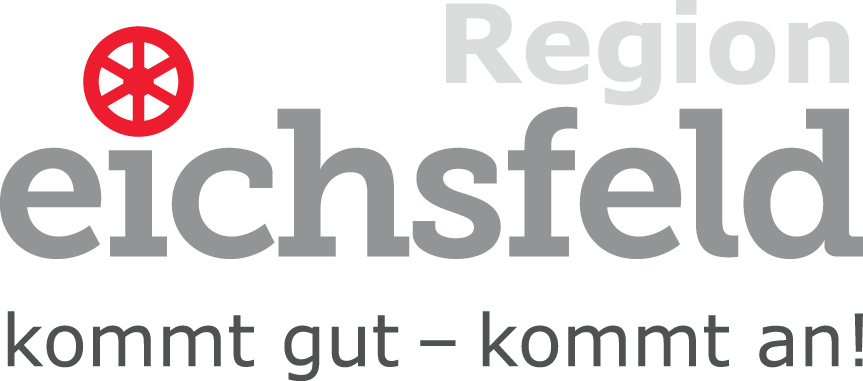High Rhön
The Hohe Rhön forms the heart of the Rhön low mountain range. The highest mountains such as the Wasserkuppe, the Kreuzberg or the Milseburg rise here. There are also numerous tourist attractions such as the "Black Moor", the "Red Moor" or Noah's Sail on the Ellenbogen in this area of around 344 km². All of this is best reached by car via the scenic Hochrhönstraße. It connects Bischofsheim in the Rhön with Fladungen. There is plenty to discover over a length of approx. 20 km. Numerous hiking parking lots and side roads lead to interesting sights that impressively show the special formation of the Rhön.
Volcanoes and basalt stone
The actual center of the Hohe Rhön is the "Lange Rhön", in the center of which the Heidelstein transmission mast (923 m) is clearly visible. The high plateau used to be at the center of the Rhön's volcanic activity. In long fissures, the thin lava penetrated to the surface and covered the high plateau in a largely closed basalt blanket. As a result, the main ridge is still clearly separated from the southern and Vorderrhön by a land step up to 200 m high.
Rivers dug into the sides of this huge basalt plateau, including the Ulster, Sinn and Brend. The Ellenbogen (813 m) is the northern foothill of the Hohe Rhön. The so-called "Abtsrodaer Gebirge" is clearly separated from the rest of the Hohe Rhön. The highest Rhön mountain is also located here - the Wasserkuppe (950 m). The southern foothills are formed by the two highest Bavarian mountains - the Dammersfeldkuppe (928 m) and the Kreuzberg (928 m) as well as the Schwarze Berge nature reserve with the Totnansberg (839 m).
At 74 km², the Wildflecken military training area, which is not open to the public, covers almost a quarter of the area of the Hohe Rhön.



















